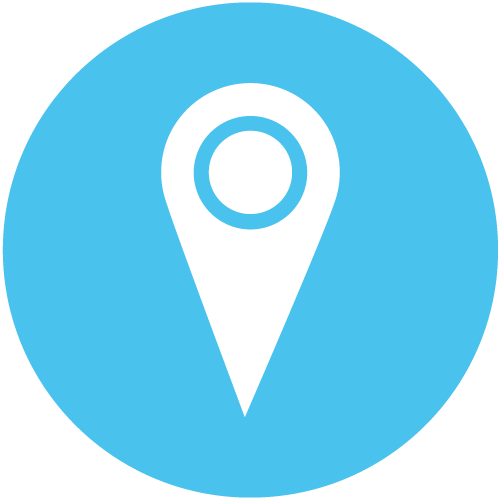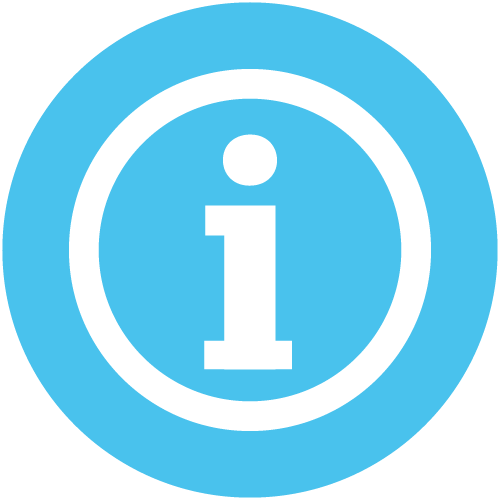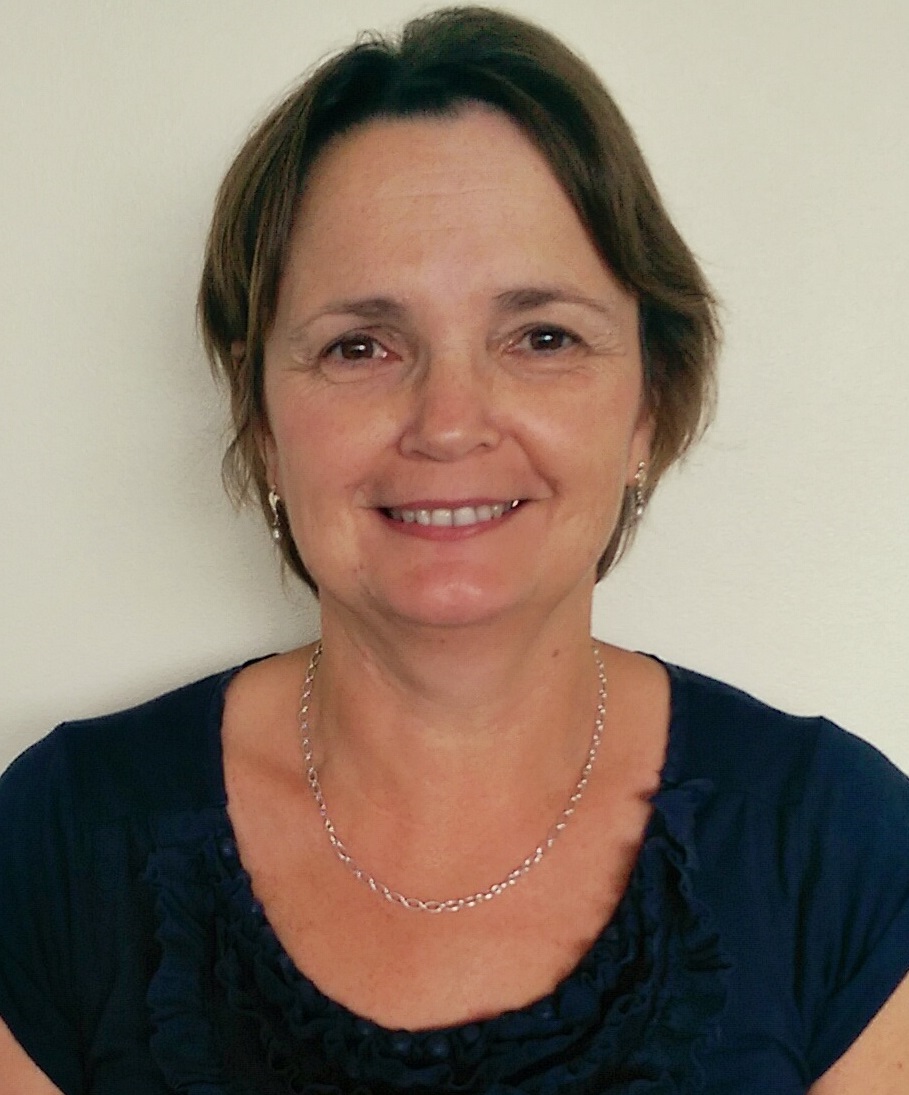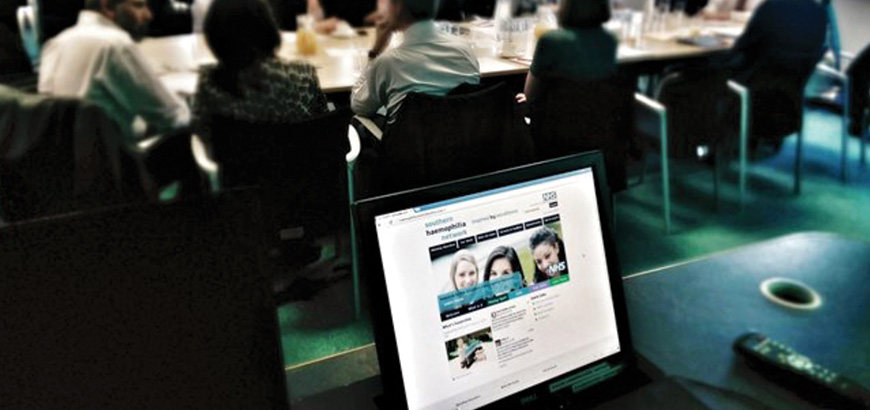FAQs
What is a bleed?
In patients with bleeding disorders a “bleed” is used to describe actual bleeding, such as a nose bleeds but also large bruises. It is also used to describe a bleed into a joint, which is more common in severe haemophilia.
What are the signs and symptoms of a bleed?
There are many different signs and symptoms of a bleed. If you are not sure it is best to contact your local haemophilia centre who can discuss the signs and symptoms and advise on whether to visit the centre or hospital for further assessment.
Signs
Pain, swelling and heat around joints and muscles
- Bleeding
- Severe headache
- Extreme fatigue
- Vomiting
- Neck pain
- Blood in urine
- If they are a baby/infant, they may be particularly irritable or upset
Symptoms
- Excessive bleeding
- Large bruises
- Joint tightness, pain, and swelling
- Blood in urine
- The symptoms for an infant include difficulty moving joints and limbs, swelling, differences in limb size, and unusually located bruising
When should I call my haemophilia centre?
You can contact your haemophilia centre at any time if you are concerned about bleeding. If it is an emergency ……
You must seek urgent medical help in the event that you or your child are having a serious bleed from:
- Head
- Eye
- Neck/throat
- Abdominal/stomach
- Kidney/bladder
If you or your child attend A&E show them your red bleeding disorders card and ask them to contact the on call haemophilia consultant. You can also contact the consultant yourself who can then liaise with the team looking after you.
I need to see my dentist what should I do?
Inform your dentist of your diagnosis. If they are happy to do a check up that is fine. They may want to contact your haemophilia centre to check what they can and can’t do. If you need a procedure such as a filing or extraction, please contact your local haemophilia centre who will be able to give you an individual plan depending on your diagnosis.
I have been told I need an operation, what should I do?
Make sure the doctor who is doing the operation knows your diagnosis. If it is planned surgery with a date in a few weeks, contact your local haemophilia centre and they will put together a treatment plan depending on your diagnosis. If the operation is an emergency ask the doctors to contact the haemophilia centre or the haemophilia consultant on call to discuss the case. You can also contact the centre or the consultant.
Can I take painkillers?
Remember that children with bleeding disorders should not take aspirin or ibuprofen – if your child requires pain relief, then this should be discussed with a healthcare professional at the centre.
How long should I apply ice to a bleed for?
An ice pack wrapped in a damp towel should be applied for 10 minutes, and then removed. This can be repeated every couple of hours. Be aware that ice can burn so it is important to monitor the skin.
Can a baby have a Guthrie test?
Yes, but apply pressure for 10 minutes.
What is Haemtrack?
Haemtrack is an online system which enables you and your healthcare team to keep track of your treatment. It can help you monitor the effectiveness of your treatment and keep track of any bleeds you have, as well as logging your prophylaxis doses. Haemtrack was developed by the providers of the National Haemophilia Database. It allows you to record the treatment batch numbers received from home delivery companies for prophylaxis treatment.
You can register for Haemtrack at your local centre by clicking here and following the instructions.







